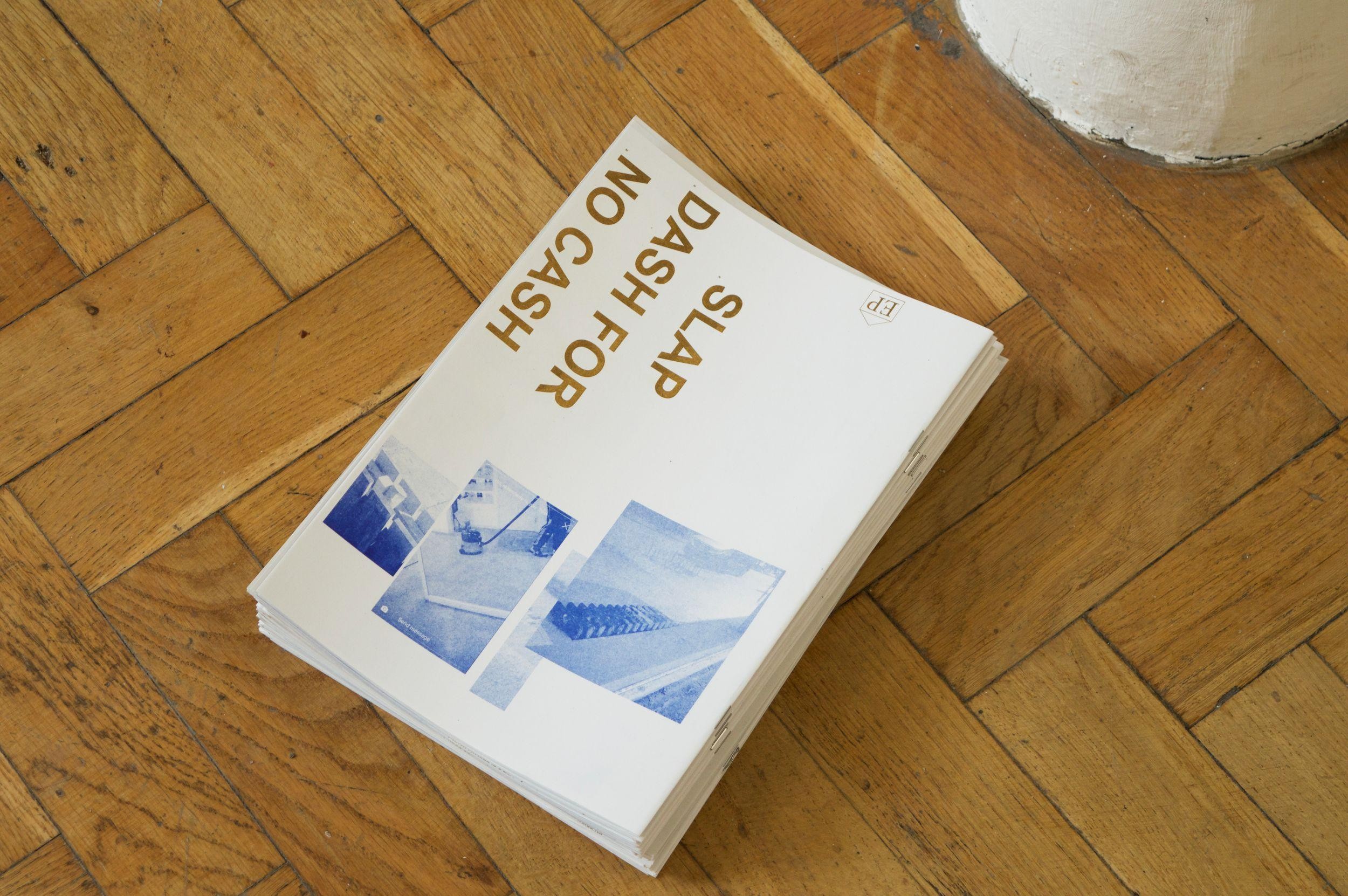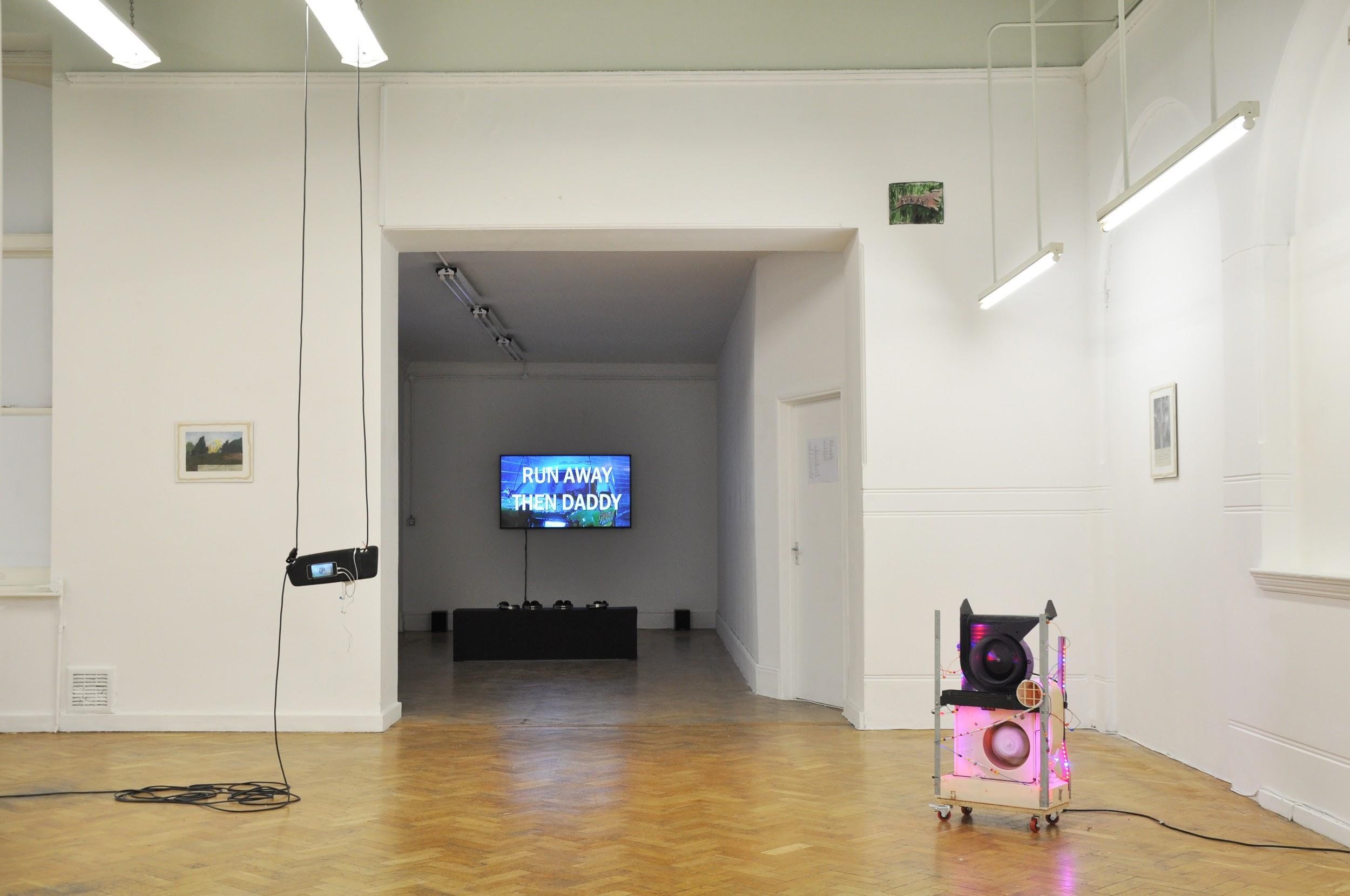Hannah Barry Gallery x Foolscap Editions, London
Editor
2025
Lo Brutto Stahl, Paris & Basel
Exhibition Text
2024
Hannah Barry Gallery x Foolscap Editions, London
Editor
2024
émergent, London
Interview
2024
DUVE, Berlin
Exhibition Text
2024
émergent, London
Interview
2024
Incubator, London
Exhibition Text
2023
QUEERCIRCLE, London
Exhibition Text
2023
L.U.P.O., Milan
Catalogue Essay
2023
Tarmac Press, Herne Bay
Catalogue Essay
2023
Brooke Bennington, London
Exhibition Text
2023
Freelands Foundation, London
Catalogue Essay
2023
superzoom, Paris
Exhibition Text
2023
Lichen Books, London
Catalogue Essay
2022
Tennis Elbow, New York
Exhibition Text
2022
émergent, London
Interview
2022
Guts Gallery, London
Exhibition Text
2021
Kupfer Projects, London
Exhibition Text
2021
Collective Ending, London
Catalogue Essay
2021
L21 Gallery S’Escorxador, Palma De Mallorca
Exhibition Text
2021
TJ Boulting, London
Exhibition Text
2021
Quench Gallery, Margate
Exhibition Text
2021
COEVAL, Berlin
Interview
2021
COEVAL, Berlin
Interview
2021
Foolscap Editions, London
Catalogue Essay
2020
Gentrified Underground, Zurich
Catalogue Essay
2020
Camberwell College of Arts, London
Exhibition Text
2019
Kronos Publishing, London
Editor
2019
Elam Publishing, London
Editor
2019
William Bennington Gallery, London
Catalogue Essay
2019
Elam Publishing, London
Catalogue Essay
2018
The United States launched its first embargo against the state of Cuba in 1958. Initiated to prevent the sale of arms to Cuba, which at the time was amidst the throes of armed conflict and socialist revolution, within three years the embargo had been extended to prohibit the sale of all products to Cuba except food and medicine. The embargo was a reaction to the inchoate Communist Party of Cuba’s nationalisation of private American oil-refineries and subsequent political alliance with the USSR, itself a reaction to President Eisenhower’s refusal to export crude oil to Cuba in early 1960.
Before long, the entire Cuban economy was sustained by the Comecon (The Council for Mutual Economic Assistance) and was quickly subordinated by the Soviet Union. Dependent on them for the majority of its resources, capital and trade, Cuba’s economic vulnerability continued for as long as the US maintained their embargo, which still exists today: the longest trade embargo in modern history. After the dissolution of the Soviet Union in 1991, Cuba entered a phase of its life known as ‘The Special Period in Time of Peace’ – an era of profound economic crisis which left both the state and its citizens paralyzed.
After the Russian Federation cut off its oil supply to Cuba, Cuba lost 80% of its exports and its economy shrank by 35%. Cuban agriculture, transport and industry came to a standstill, so dependent they were the use of petroleum and the investment of Soviet capital. Soon there were mass food shortages. Machinery broke down. Market stalls began to dry up. The everyday life of Cubans became intensely austere. Goods and materials vanished into thin air.
In acknowledgement of the looming crisis, the Cuban government published in 1991 a book called El libro de la familia (The Book of the Family): a DIY survival guide for Cuban citizens in a time of great material chastity. The book was filled with nifty and thrifty ways to repurpose broken electrics, homebrew your own car fuel, create make-shift television antennas or prepare your very own grapefruit steak. It was an example of ‘making do and getting by’ taken to the level of an entire nation state; an example of state activity unaligned with the incentives of private profit.
In under a year, there was another state publication, this time called Con Nuestros Propios Esfuerzos (With Our Own Efforts). Another DIY toolkit for surviving under harsh material and economic constraints, however, this time a compilation of the population’s own ingenious resolutions and autodidactic schemes for repurposing objects to fantastic new ends. A state-sponsored guide to break, take apart and reconfigure objects into a novel universe of things. An official black market of motorized tandem bikes, beer cans-turn-mop heads, washing-machine shoe shiners and plug-in hearing aids.
Around 1994–1995, the Cuban artist Ernesto Oroza began a life-long project devoted to documenting and exhibiting these objects, fascinated by their grassroots ingenuity. Naming the project ‘Technological Disobedience’, Oroza traversed the country in search of new objects, discovering a multitude of national and regional variants along the way. His exhibitions were and continue to be a poignant representation of Cuban resilience in the face of economic austerity, the preservation of national identity under influence of external cultural powers, and the collaborative solidarity that emerges when faced with simple communal needs.
***
Under capitalist economies, commodities are produced within an in-built obsolesce; they are manufactured in order to expire. Not only this, but commodities are further protected from any attempt made by the consumer to interfere or engage with the process. For example, Apple’s 'tamper-resistant' pentalobe screws that cannot be removed by standard tools, or washing machines where the drum bearing is permanently moulded as to inhibit repairs. In the words of Ernesto Oroza, 'These kinds of objects impose a limit on the user because they come within an established technological code.' They are codified. Kept secret.
Our current moment is often described as one of the technological sublime: systems and technologies so beyond the pale of quotidian human understanding that they acquire a newfound sublimity, a techno-mysticism. Capitalism exploits this tendency. The incentivisation of profit, growth and development intertwine to formulate a system of objects that are alienated from ourselves. It is no coincidence that Apple’s SoHo store has been compared to a Church, their conference styles to that of didactic proselytisation.
Walter Benjamin once wrote that capitalism is 'a purely cultic religion, perhaps the most extremely cultic that ever existed.' In many ways he was right. Under capitalism, subjects are told to ‘have faith’. They are told to devolve their social and technical challenges to an anonymous clergy of technocrats and corporations. They are actively prevented from engaging in the means of production and its produce. Instead subjects navigate a set of pre-established codes, engaging with objects through fetish. The world under capitalism becomes mystified: religious.
The prosaic example of Cuba and The Special Period negates this tendency. It proves that given the freedom to, the people will find their own codes; their own realities. In fact, people are always up to their own tricks: engaging with objects through novel, spontaneous and experimental channels. Artists it would seem are particularly attuned to this sensibility; taking things apart and creating anew. Manufacturing their own worlds. After all, what could be any less mysterious than something you have created from scratch, yourself?
Published on the occasion of Slap Dash for No Cash at Art Academy Newington, 2018
Edition of 50
Designed by Stephen Dalley
Produced by Side Quest
Published by Elam Publishing
Printed in London, 2018


Camberwell College of Arts, London
Exhibition Text
2018
Limbo Limbo, London
Exhibition Text
2017
Saatchi Art & Music Magazine, London
Review
2017
B.A.E.S., London
Exhibition Text
2016